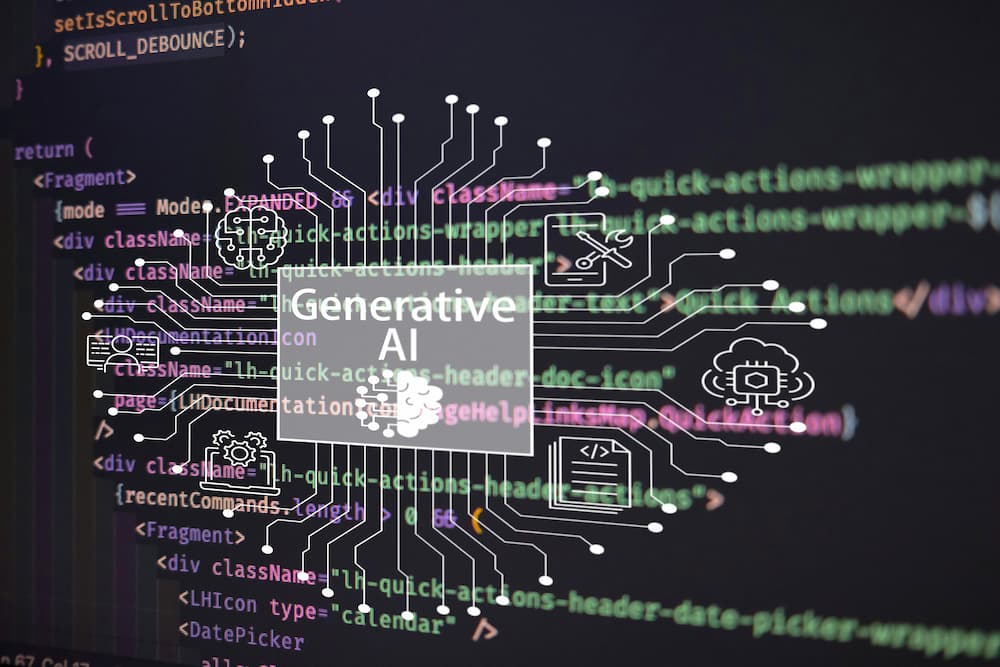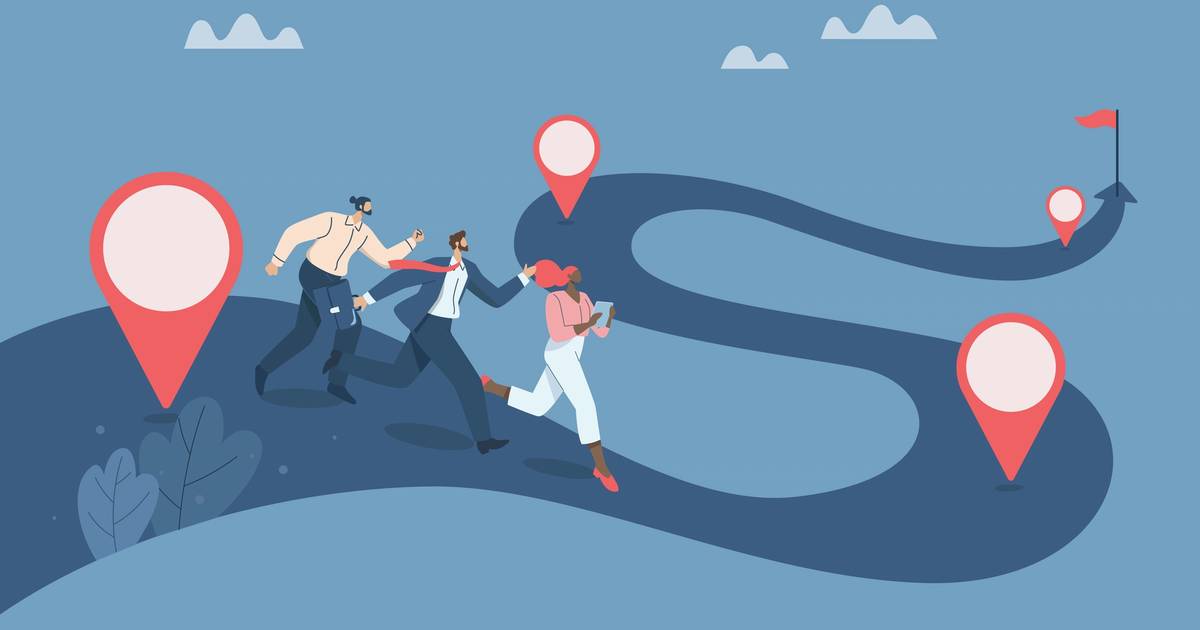Recognition, in its simplest form, is acknowledging or rewarding someone for their efforts and achievements. Over the past decade, how employers and employees’ approach and value recognition has significantly changed, driven by cultural shifts, technological advancements, and evolving workplace dynamics.
The Traditional Model of Recognition
Years ago, recognition often followed a more structured pattern. In workplaces, recognition primarily came as annual performance reviews, employee-of-the-month programs or long-service awards. Socially, birthdays, anniversaries, and other milestones were celebrated in person or through traditional means like greeting cards or phone calls. The focus was often on formal and public acknowledgment, which, while meaningful, could sometimes feel impersonal.
This approach also had its limitations. It was often top-down, with managers or leaders deciding who deserved acknowledgment, sometimes leaving out individuals whose contributions were impactful but less visible. Furthermore, the delayed nature of recognition often dilutes its impact, leaving individuals feeling unappreciated in their daily efforts.
Technological Transformation
The advent of digital platforms has revolutionized recognition. Social media, instant messaging apps, and dedicated recognition platforms have made acknowledgment more immediate and widespread. Today, a single post on LinkedIn can amplify recognition to a global audience. This democratization of acknowledgment has shifted the power of recognition from being solely in the hands of leaders to being accessible to peers, friends and even strangers.
In workplaces, tools like Microsoft Teams and recognition platforms have made celebrating achievements in real time possible. These tools allow for a culture of continuous recognition, where colleagues can celebrate each other’s successes—big or small—instantly and publicly. This immediacy also has a boost to morale and fosters a sense of community and inclusivity.
Cultural Shifts in Recognition
Another significant change in the last decade has been the growing emphasis on authenticity and personalization in the workplace, and recognition. Generic “Thank you for your hard work” messages are replaced with detailed, heartfelt acknowledgments highlighting specific contributions and their impact. This shift reflects a broader trend toward valuing individuality and meaningful connections.
The rise of remote work has further emphasized the importance of recognition. With teams often dispersed across different locations, leaders and peers have had to find new ways to ensure everyone feels seen and valued. Virtual recognition—through video calls, digital shoutouts, or virtual celebrations—has become essential in maintaining team cohesion and morale.
The Role of Equity and Inclusion
In the past, recognition was sometimes biased, favoring individuals who were more vocal or visible within an organization. However, awareness of the need for equitable recognition has grown in the past decade.
Organizations are now striving to create systems that ensure everyone—regardless of their role, personality, or background—has an equal opportunity to be acknowledged. This shift has been supported by data-driven tools that help track and analyze recognition patterns, ensuring fairness and inclusivity.
Challenges in Modern Recognition
Despite these advancements, the modern approach to recognition has its challenges. The constant connectivity enabled by technology can sometimes lead to an over-saturation of recognition, where genuine acknowledgment risks being diluted. The pressure to publicly recognize others on social media can sometimes feel performative rather than heartfelt.
Furthermore, while online recognition tools have their benefits, there is still a need for a more personal and face-to-face acknowledgment. A phone call or a handwritten note still carry weight and authenticity that digital messages often lack.
The future of recognition will likely blend the best of both worlds: the immediacy and accessibility of digital tools with the depth and authenticity of traditional methods. Emerging technologies like artificial intelligence may further transform recognition, enabling even more personalized and immersive experiences.
At its core, recognition is about making people feel valued and appreciated. While the methods may evolve, the underlying principle remains the same: acknowledging the unique contributions and behaviors of those around us. As we adapt to changing times, the challenge will be to ensure that our ways of recognizing others remain genuine, inclusive and impactful a world that often feels increasingly fast-paced and impersonal, the power of recognition to build connections, foster community and uplift individuals is more important than ever.











